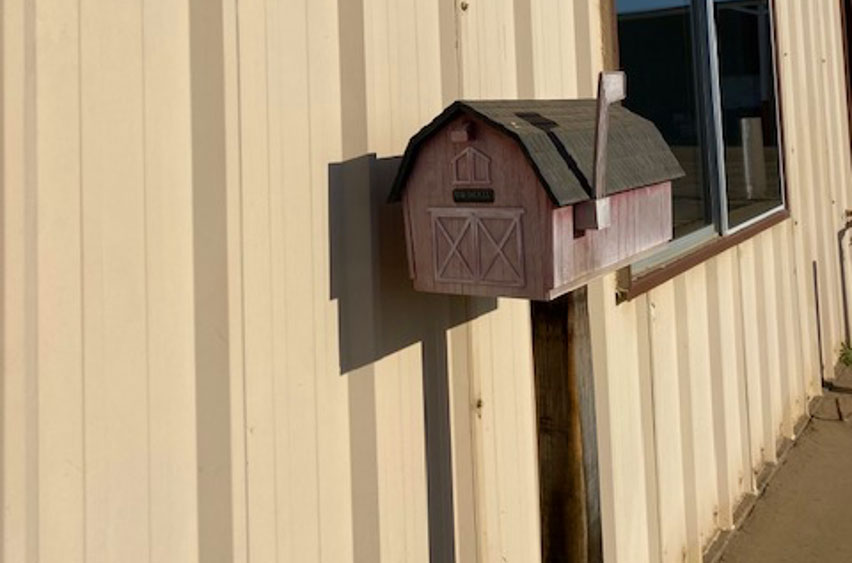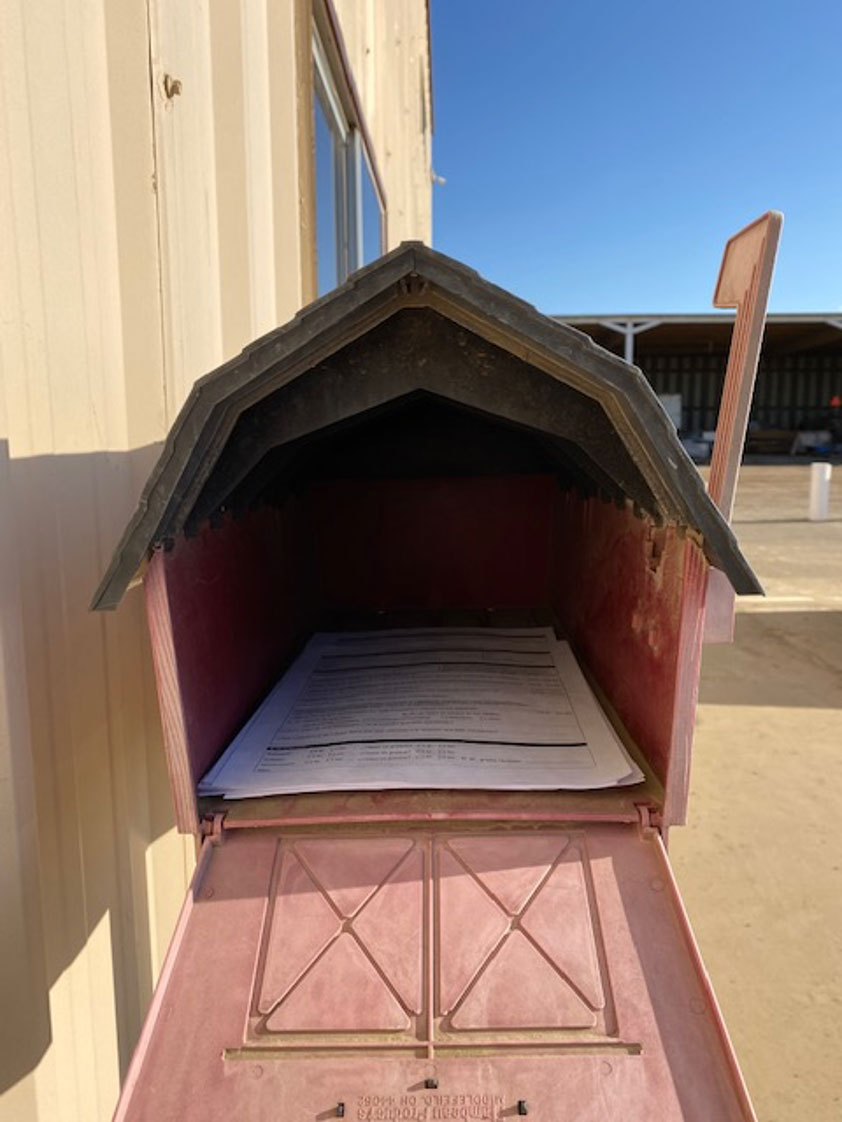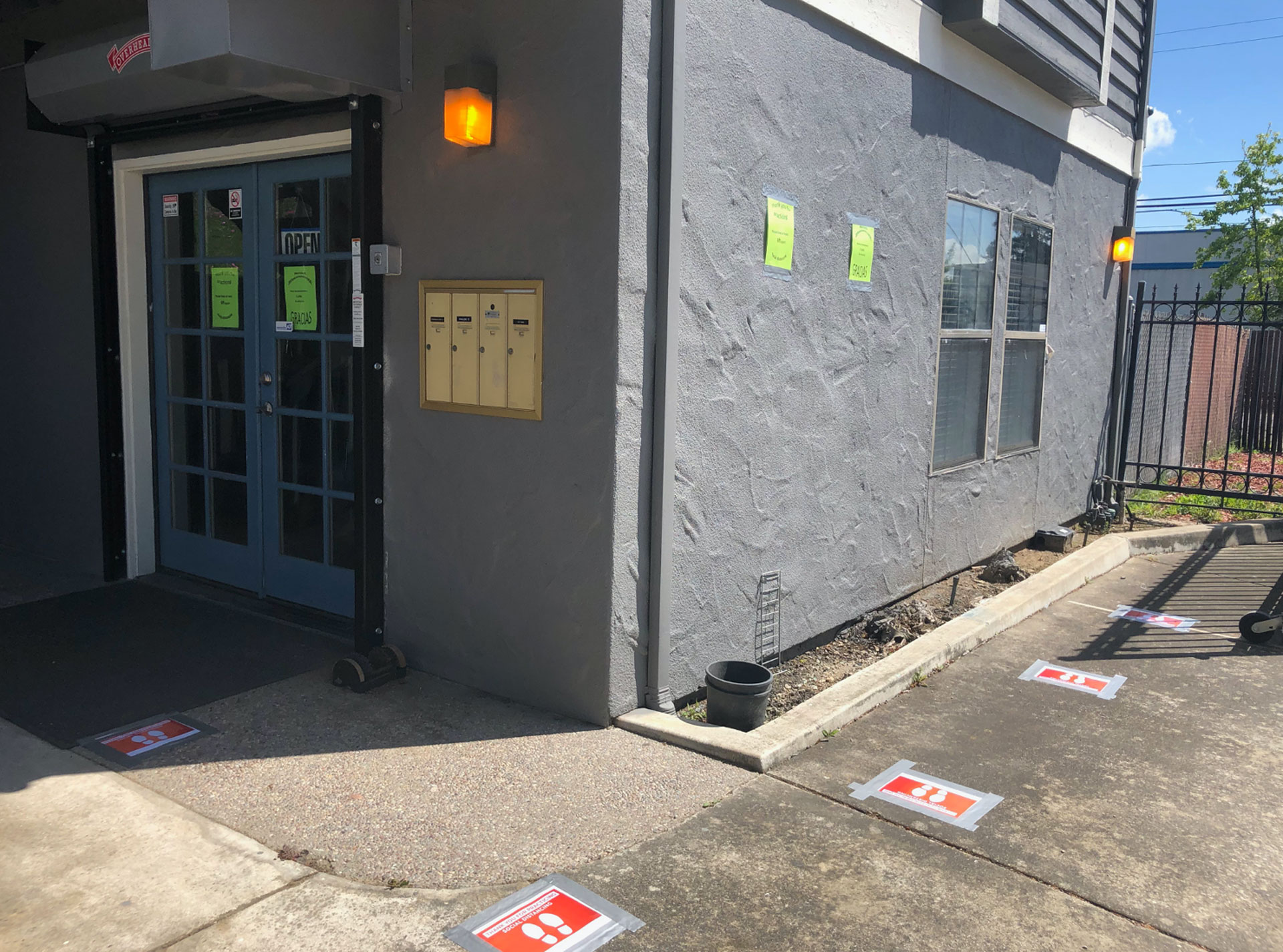
As the agricultural industry forges onward during the continually evolving COVID-19 pandemic, a wide variety of our day-to-day practices are impacted. For many, harvest marks one of the busiest times of the year and with it, the need to hire temporary labor. Like other aspects of an operation, this process must be reconsidered from previous seasons, with an intentional and deliberate plan developed to ensure the safety and health of current, as well as prospective employees.’
Creating a New Hire Plan
Before temporary seasonal workers can be hired, it is critical to consider what that new hire process looks like while navigating the myriad of required and recommended government agency practices relative to COVID-19. There are steps to be taken prior to initiating the process, as well as once active recruitment begins, screening candidates, and the first day of employment.
Gearing Up to Hire
If the company does not already have a system in place for hiring new employees, now is the ideal time to develop one. Clearly define who will be responsible for which aspects of hiring:
- Responding to inquiries about available jobs from potential employees
- Distributing job applications
- Reviewing job applications
- Conducting background checks
- Coordinating pre-employment drug screening
- Conducting reference checks
- Contacting employees with employment offers
- Coordinating employee new hire paperwork
- Conducting new employee orientation training
For each of these elements, consider how you will appropriately implement required social distancing of at least six feet of space between the individuals, as well as how you will provide both current and prospective employees appropriate personal protective equipment, such as masks, and easy access to hand washing facilities or hand sanitizer. Many agricultural operations now keep their main office closed to the public and provide a telephone number with a point of contact for those interested in employment to contact. Some have made their job applications available online while others have placed them in an easy to access location outside their office.

As with any process, ensure that it is documented with who is responsible and the appropriate steps to be taken clearly outlined. It is essential to communicate the new hire process to not only those employees directly impacted by their involvement, but to all workers. Word of mouth referrals are often the best source of potential new hires and it is important for current workers to know what the process looks like right now.
Hiring in the Field or in the Office?
For many agricultural employers, hiring in the field is the most efficient and effective method. This may still be the case but needs to be clearly thought out relative to the additional steps that we are all now taking. Some important points to consider:
- Clearly labeling space to ensure prospective employees maintain at least six feet of social distancing.
- Sanitizing common equipment taken into the field for administrative staff and/or supervisors to tackle paperwork – tables, chairs, clipboards.
- All these items need to be sanitized between each prospective worker.
- Providing all prospective workers PPE, including masks and hand sanitizer.
- Providing individual writing utensils to minimize sharing of pens.
- Potentially conducting confidential COVID-19 health screening all applicants and not allowing any individuals exhibiting at least two signs or symptoms to stay that day.
- If this option is implemented, remember all information must remain confidential regardless of if the individual is hired or not.
Managing these elements, along with the usual challenges of hiring seasonal employees, has led some employers to transition the process into the office. In doing so, it is easier to manage the volume of people and ensure both current and prospective employees are sufficiently protected.

The Need for More Time
Whether the new hire process transpires in the field or in the office, these additional efforts will ultimately result in the need for more time. More time to screen prospective employees, more time to complete their paperwork and more time to conduct their new employee orientation. The Centers for Disease Control and Prevention (CDC) still recommends small gatherings and as of its guidance on May 26, 2020, Cal/OSHA suggests that agricultural employers limit crew size, although a specific head count is not provided. The implication, though, is that employers are now working with smaller groups of employees in all aspects of their jobs and includes bringing them onboard.
It is also important to reach out to third party vendors, such as clinics or companies providing drug screening services, to determine how their protocol has changed. It may be helpful to work with multiple vendors to ensure this segment of the new hire process is not meaningfully slowed by their limitations on the number of individuals served. In addition, if reference checks are appropriate for the position, allow for more response time from the contacts. With more individuals working from home, there is a delay for some in retrieving office voicemails. In short, before the process even begins, think about how much additional time is needed for each step and plan accordingly.
Ultimately, as with all our processes and systems, it is important to think through how best to hire the needed seasonal staff. The continued safety and health of our workers, as well as prospective employees, is paramount. It is essential that agricultural employers consider the unique circumstances now impacting our industry as we navigate employment during the COVID-19 pandemic.
For more information about worker safety, human resources, labor relations, pesticide safety or food safety issues, please visit www.agsafe.org, call (209) 526-4400 or email safeinfo@agsafe.org.
AgSafe is a 501c3 nonprofit providing training, education, outreach and tools in the areas of safety, labor relations, food safety and human resources for the food and farming industries.

















